The Dazzling World of Guppies: A Miniature Marvel of Evolution
In the vast tapestry of aquatic life, few creatures capture the human imagination quite like the guppy. Known scientifically as Poecilia reticulata, this diminutive freshwater fish, often affectionately called the “rainbow fish” or “millionfish,” is a vibrant testament to nature’s artistry and adaptability. From its humble origins in the tropical waters of South America to its status as a global aquarium superstar and a subject of intense scientific study, the guppy offers a fascinating window into the intricate mechanisms of life on Earth. This article delves deep into the world of the guppy, uncovering its secrets, celebrating its contributions, and providing insights for enthusiasts, researchers, and casual observers alike.

Guppy Fundamentals: A Splash of Basic Knowledge
What Exactly is a Guppy?
The guppy belongs to the family Poeciliidae, a group of fish known for their live-bearing reproduction. These small fish typically reach an adult size of 1.5 to 2.5 inches, with males generally being smaller and far more colorful than their female counterparts. Their lifespan in the wild is often short, sometimes less than a year, due to predation, but in well-maintained aquariums, they can live for two to three years, sometimes even longer. Their robust nature and stunning variety of colors and fin shapes have cemented their place as one of the most popular aquarium fish worldwide.
Where Do Guppies Call Home? Their Natural Habitat
Native to the warm, freshwater streams and rivers of northeastern South America and several Caribbean islands, guppies thrive in a variety of aquatic environments. Their natural range includes countries such as Venezuela, Guyana, Trinidad and Tobago, and Barbados. These resilient fish prefer slow-moving or stagnant waters, often found in ditches, canals, and the vegetated margins of larger water bodies. They are remarkably adaptable, capable of tolerating a range of water conditions, from pure freshwater to slightly brackish environments. Ideal natural conditions typically involve temperatures between 72 and 82 degrees Fahrenheit (22-28 degrees Celsius) and a pH range of 6.5 to 8.0, with abundant aquatic vegetation providing both food and shelter from predators.
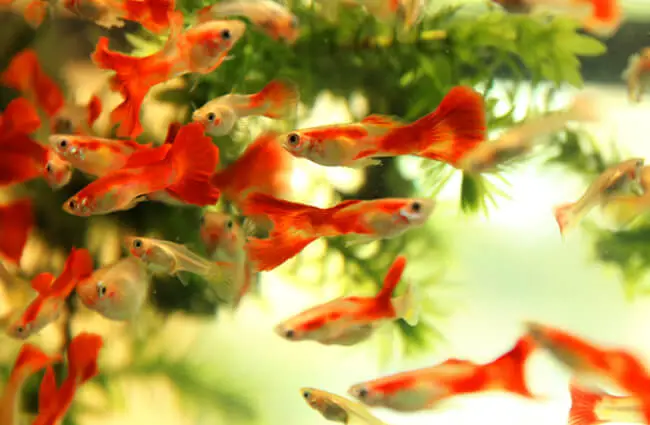
The Guppy’s Journey Through Time: Evolution and Adaptation
The guppy’s evolutionary history is a compelling narrative of adaptation and natural selection. Originating from a common ancestor, Poecilia reticulata has diversified significantly, particularly in response to varying predator pressures across different river systems and islands. In environments with high predation, guppies tend to be less colorful and mature faster, prioritizing survival and early reproduction. Conversely, in areas with fewer predators, males evolve more elaborate and vibrant coloration, a trait favored by females in sexual selection. This rapid evolutionary change, observable even within a few generations, makes guppies an invaluable model organism for studying evolution, genetics, and behavioral ecology. Their ability to adapt quickly to new environments has also contributed to their success as an introduced species in many parts of the world.
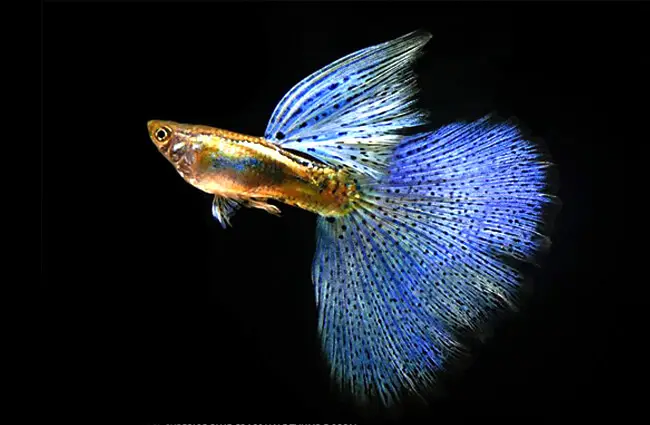
A Guppy’s Menu: What’s on the Plate?
Guppies are opportunistic omnivores, meaning their diet in the wild is diverse and depends on what is readily available. Their natural diet primarily consists of algae, detritus (decaying organic matter), small insect larvae, and tiny invertebrates. They are particularly known for their voracious appetite for mosquito larvae, a characteristic that has led to their introduction into various regions as a biological control agent for mosquito-borne diseases. This dietary flexibility allows them to thrive in a wide range of aquatic habitats, making them highly successful colonizers and survivors.
The Dance of Life: Guppy Mating and Reproduction
The guppy’s reproductive strategy is one of its most defining features. As livebearers, female guppies give birth to fully formed, free-swimming young, known as fry, rather than laying eggs. Sexual dimorphism is pronounced, with males displaying brilliant colors and elaborate finnage to attract females, while females are typically larger and duller in coloration. Male guppies possess a modified anal fin called a gonopodium, which is used for internal fertilization. Courtship involves a complex display by the male, though “sperm-stealing” or forced copulation can also occur. After successful fertilization, the gestation period lasts approximately 21 to 30 days. A single female can produce anywhere from 5 to over 100 fry in one brood, and remarkably, she can store sperm for several months, allowing her to produce multiple broods from a single mating. This prolific breeding capacity is why they earned the nickname “millionfish.”
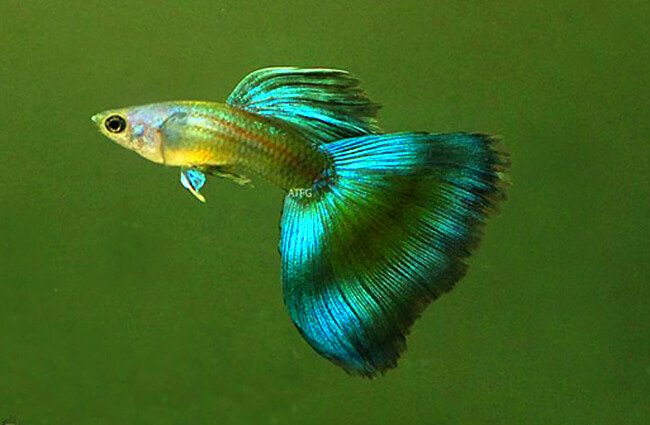
Guppies in the Wild: Ecosystem Roles and Interactions
Ecological Contributions
In their native ecosystems, guppies play several vital roles. As consumers of algae and detritus, they contribute to the cleanliness of their aquatic environments. Their consumption of insect larvae, particularly mosquitoes, helps regulate insect populations. Furthermore, guppies serve as a crucial food source for a variety of larger aquatic predators, including other fish species, birds, and amphibians, thereby supporting the food web and energy flow within their habitats.
Interactions with Other Animals
Guppies are constantly interacting with their environment and its inhabitants. Their vibrant colors, while attractive to mates, also make them conspicuous to predators. They have evolved various anti-predator behaviors, such as schooling and seeking refuge in dense vegetation. In areas where they have been introduced, guppies can sometimes outcompete native fish species for food resources, or even prey on the eggs and fry of other fish, potentially disrupting local ecosystems. However, in many cases, their introduction has been beneficial, particularly in mosquito control efforts.
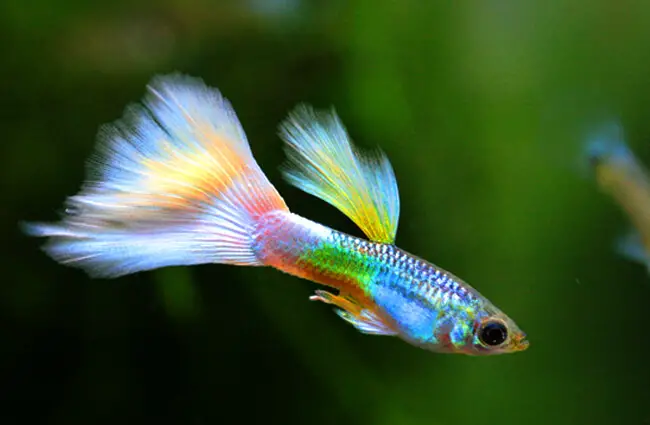
Guppies and Humanity: A Shared History
The Guppy’s Cultural Footprint
The guppy’s impact on human culture is surprisingly extensive. Beyond its immense popularity in the aquarium hobby, where countless ornamental varieties have been selectively bred for their stunning colors and fin shapes, the guppy has also made significant contributions to science. It is a cornerstone species in evolutionary biology, genetics, and behavioral studies, particularly concerning sexual selection and predator-prey dynamics. Its role in biological pest control, specifically against mosquito populations, has been recognized and utilized globally, making it a small but mighty ally in public health initiatives. The guppy has truly transcended its biological niche to become a cultural icon.
Encountering Guppies in the Wild: What to Do
For the animal lover or aspiring zoologist hoping to find guppies in their natural habitat, a trip to the freshwater streams and ponds of their native range in South America or the Caribbean would be ideal. Look for slow-moving, clear waters with plenty of aquatic vegetation. Guppies are often found near the surface, darting among plants. If encountered, the best course of action is simply to observe. These are wild animals, and interference should be avoided. Do not attempt to catch or handle them, as this can cause stress or harm. Appreciate their natural beauty and ecological role from a respectful distance. If you encounter guppies in a non-native environment, it is important to remember they are often an introduced species, and their presence may have ecological implications, though individual interaction should still be limited to observation.
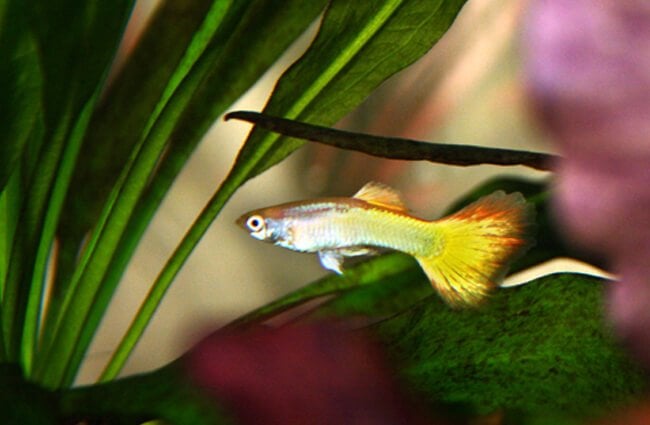
The Art of Guppy Keeping: A Zookeeper’s Guide to Captive Care
Caring for guppies in a captive environment, whether in a home aquarium or a professional zoological setting, requires attention to detail to ensure their health and well-being. Their hardiness makes them forgiving, but optimal care unlocks their full vibrancy and extends their lifespan.
Essential Care Requirements
- Tank Setup: A minimum of a 10-gallon tank is recommended for a small group, with larger tanks preferred for more individuals. Provide adequate filtration (sponge filters are excellent for fry safety), a heater to maintain stable temperatures between 72-82°F (22-28°C), and gentle lighting. A dark substrate can enhance their colors. Abundant live or artificial plants (like Java moss, Anacharis, or plastic plants) are crucial for hiding spots, especially for fry and less dominant individuals.
- Water Parameters: Guppies thrive in slightly alkaline to neutral water, with a pH of 6.5-8.0 and moderate hardness. Regular water testing (weekly or bi-weekly) is essential to monitor ammonia, nitrite, and nitrate levels. Perform weekly partial water changes (25-30%) to maintain pristine water quality.
- Diet: As omnivores, guppies require a varied diet. High-quality flake food or small pellets formulated for tropical fish should form the staple. Supplement this with live or frozen foods such as brine shrimp, daphnia, and bloodworms a few times a week. Vegetable matter, like blanched spinach or spirulina flakes, can also be offered. Feed small amounts two to three times a day, only what they can consume in a few minutes.
- Social Structure: Guppies are schooling fish and should be kept in groups of at least three. To prevent males from constantly harassing females, maintain a ratio of at least two or three females for every male. This distributes the males’ attention and reduces stress on individual females.
- Breeding Management: Given their prolific nature, be prepared for fry. Pregnant females can be moved to a separate breeding box or tank to protect the fry from being eaten by adults. Ensure the fry tank has plenty of hiding spots and is fed finely crushed flake food or specialized fry food. Population control is often necessary to prevent overcrowding.
What to Avoid
- Overcrowding: Too many fish in a small tank leads to stress, poor water quality, and increased aggression.
- Poor Water Quality: Neglecting water changes and filtration can lead to ammonia and nitrite spikes, causing illness and death.
- Incompatible Tank Mates: Avoid housing guppies with aggressive fish, fin nippers (like some barbs), or species that are too large and might view guppies as food.
- Overfeeding: Excess food pollutes the water and can lead to digestive issues for the fish.
- Sudden Changes: Rapid fluctuations in water temperature or chemistry can shock and harm guppies. Acclimate new fish slowly.
- Lack of Hiding Spots: Without adequate cover, guppies, especially females and fry, can become stressed and vulnerable.
Fascinating Guppy Facts: Beyond the Basics
- Rapid Evolution: Guppies can evolve noticeable changes in coloration and life history traits (like age at maturity) within just a few generations when faced with different predator pressures.
- Brackish Tolerance: While primarily freshwater fish, some guppy populations have adapted to live in slightly brackish water, showcasing their incredible resilience.
- Scientific Superstars: They are one of the most studied fish species, particularly in the fields of sexual selection, evolutionary biology, and behavioral ecology.
- Sperm Storage: Female guppies have the remarkable ability to store sperm for several months, allowing them to produce multiple broods without needing to mate again.
- “Sperm Stealing”: Male guppies are known to attempt “sneaky matings” or “sperm stealing,” where they fertilize a female without engaging in a full courtship display.
- Coloration Trade-off: The vibrant colors of male guppies, while attractive to females, also make them more visible to predators, representing a classic evolutionary trade-off.
- Global Travelers: Due to human introduction for mosquito control and the aquarium trade, guppies are now one of the most widely distributed freshwater fish species globally, far beyond their native range.
Conclusion: The Enduring Charm of the Millionfish
From the bustling rivers of the Amazon basin to the quiet hum of a home aquarium, the guppy continues to captivate and educate. Its dazzling colors, remarkable adaptability, and complex social behaviors make it a truly special creature. Whether observed in its wild habitat, studied in a laboratory, or cherished as a pet, the guppy offers endless opportunities for discovery and appreciation. This small fish, the “millionfish,” truly embodies the boundless wonders of the natural world, reminding us that even the smallest lives can hold the greatest stories.

![Red Angus Closeup of a beautiful Red Angus cowPhoto by: U.S. Department of Agriculture [pubic domain]https://creativecommons.org/licenses/by/2.0/](https://animals.net/wp-content/uploads/2020/03/Red-Angus-4-238x178.jpg)

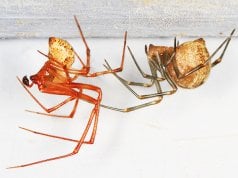


![Red Angus Closeup of a beautiful Red Angus cowPhoto by: U.S. Department of Agriculture [pubic domain]https://creativecommons.org/licenses/by/2.0/](https://animals.net/wp-content/uploads/2020/03/Red-Angus-4-100x75.jpg)

